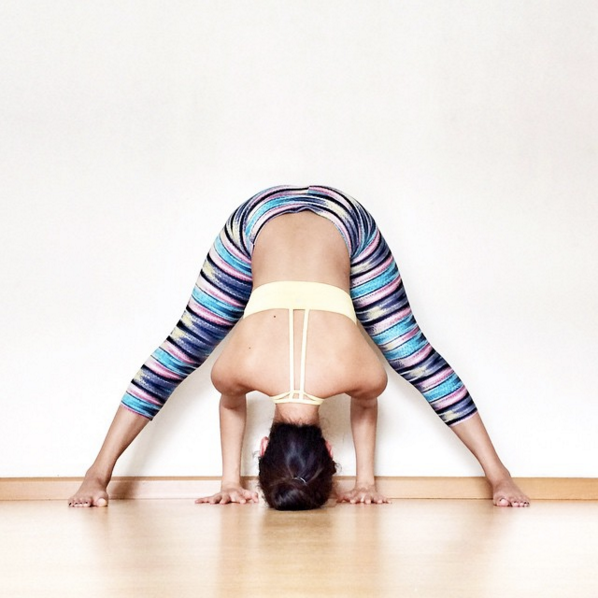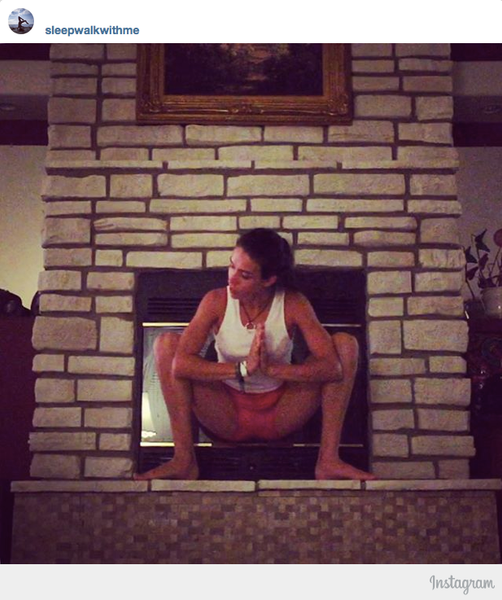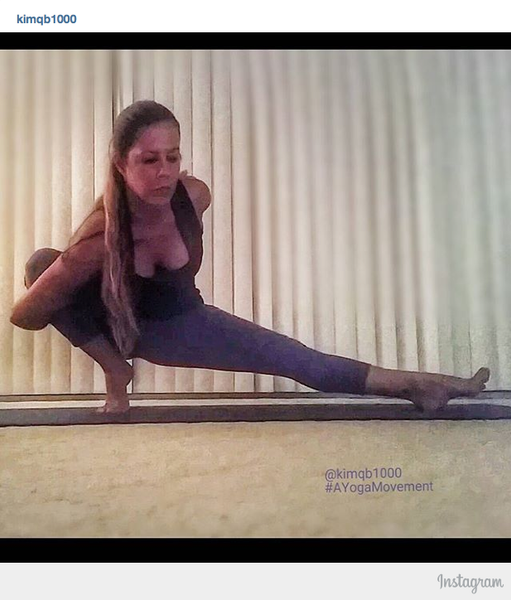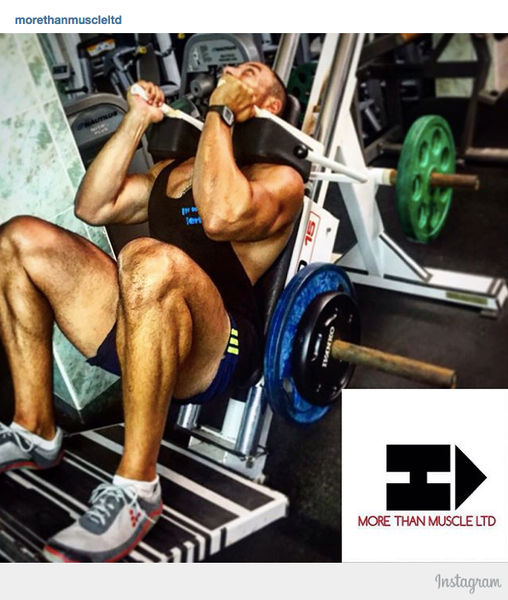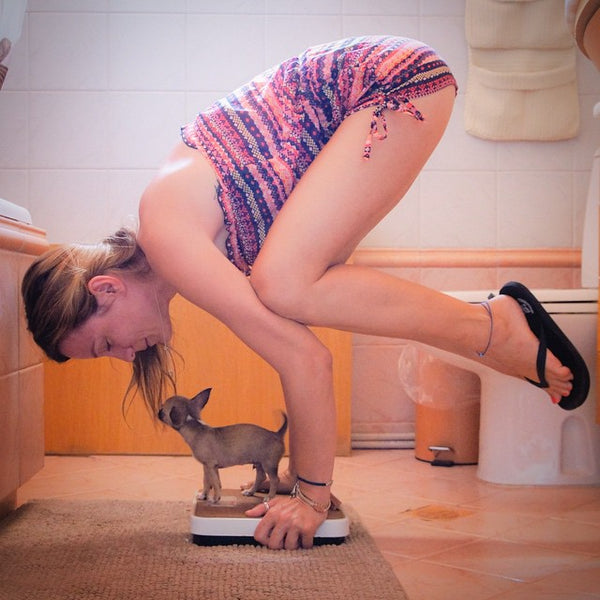Malasana: How to Master your Yogic Squat
Why should we squat? On average, we sit 7.7 hours a day. Unfortunately, this can result in stiffness and weakness in our legs, calves, ankles, and outer hips. According to the Yoga Journal, "When Westerners embraced sitting—in cars, at desks, in front of the TV—we started to lose suppleness and strength in the legs and flexibility in the calves, ankles, and outer hips. The abdomen and lower back muscles also suffered when we started sitting on chairs, because backrests allow us to slack off and neglect our core muscles. But yoga can help restore what we’ve lost. Malasana, or Garland Pose, is a yogi’s squat. In it you utilize the complete range of motion of the legs by bending the knees fully until the pelvis is resting at the back of the heels."
Let's look at Malasana (Garland) Pose, its benefits and the amazing array of modifications that can help us undo the damage of our Western lifestyle.
I. Malasana: What Does a Proper Yogic Squat Look Like?
Well, it looks like this from the front...
And this is what it looks like from the side...
And the full expression of the pose is with the head to the floor, like so...
II. Malasana: How to do a Squat
Here is a simple and straight to the point 58-second video explaining how to get into Malasana.
In summary:
- Standing in Tadasana (Mountain Pose), place the feet a little wider than hip distance apart and bring the hands to the chest in Namaste.
- Slowly bend the knees and squat down, being careful not to let the knees extend forward beyond the alignment of the feet.
- Squatting down as far as possible, wiggle the shoulders in between the knees, using the elbows to push back against the inner knees, keeping the hands at the chest in Namaste with the back straight and feet flat to the floor.
- To come out of the pose, you could either (a) push down through the thighs and stand back up, (b) sit on the floor and then stand up, or (c) stretch the hands out on the floor in front of you to give you a bit of extra help in getting up.
III. Malasana: Benefits of Squatting
Even though it may not seem like it, the yoga squat has a truckload of benefits. Doing Malasana: -
- Stretches the ankles, groins, back, torso, and sacrum.
- Tones the entire lower body (quads, hamstrings, glutes, and calf muscles).
- Tones the core.
- Stimulates the metabolism and the digestive organs (helps the body eliminate waste).
- Strengthens the lower back and abs.
- Is a good preparation for childbirth.
- Helps relieve period pain.

IV. Malasana: 10 Modifications to Get You into the Perfect Squat
Some people might find Malasana a breeze to do and get into but for others, it might not be so simple. Here are a few modifications of the yoga squat for you to try.
1. Squat down using a wall.
Lean against a wall as support both when getting into the pose and whilst sitting in it. Slide your self down to get into the pose and slide yourself up to get back out of it.

2. Squat with a block under the feet.
"If your heels don’t touch the floor, place foam blocks, a wedge or a rolled up blanket under the heels," suggests GaiamTV. We used a rolled up mat and it did the trick perfectly.

3. Squat By Sitting down.
GaiamTV also suggest placing a block under the hips and sitting on it like a stool if you feel pressure in the knees.

4. Hold on to Squat.
Hold on to a counter, tabletop or sturdy chair to come into and get out of a squat.

5. Different perspective - 'Bum Squat'.
Sit on the floor and hug the knees in with the arms to rest in the elbows, with the hands at Namaste.
(Image via @naughtyyogagirl)
6. Tiptoe in your Squat.
Some find that balancing on the tiptoes in Malasana is easier than keeping the heels on the floor.
7. Arms forward Squat.
Stretching your arms forward onto the floor in front of you can help deepen the stretch slowly using the floor by inching further forward at your own pace.
8. Hands in the air Squat.
If getting the arms in between the legs into Namaste is too strenuous, extend the arms up above the head for this killer quad workout!
9. Chair it.
For those who find squatting difficult, sit on the edge of a chair seat and lean the upper body forward between the thighs as far as you can go.

10. Squat with a twist.
To shake things up a bit and to deepen the stretch in the pelvic area, twist the upper body, placing one hand on the floor in between your feet and raise the other hand to the ceiling.

If you want to work on your yoga squat, you could try this 5-minute yoga squat challenge from myfiveminuteyoga.com.
"Whatever variation gives you a reasonable amount of sensation, without causing pain – other than yes, that burning sensation in the front shins – is the perfect place to be. Five minutes is a long time to hold Malasana, particularly at the beginning. Instead, set a timer for one minute, hold the pose until the timer goes off, then stand up, release whatever needs releasing for a minute, and return to the pose. If a minute is too long to hold, try 30 seconds, or go to an easier variation."
V. Malasana Variations and Showboating
Here are six of our favourite Malasana superposes for the advanced yogis out there:
1. Side Malasana - great for opening inner thighs
2. Malasana on a Dharma Wheel
3. FireFly Malasana - great for opening up the hips!
4. Loving Malasana - and we just melt
5. One-legged Malasana - She makes it look so effortless!
6. And remember, you can do Malasana anywhere...
VI. Malasana: Squats as a workout exercise
And for squat lovers, yogi and non-yogi alike, here is our guide to 10 of the most popular and most effective squat exercises to totally destroy your lower body (in a good way)...
1. Pistol Squat
Not for the faint-hearted, here is an amazing step-by-step guide on the Pistol Squat.
2. Goblet Squat
A fantastic guide from Shape Magazine on how to perfect your Goblet Squat.
3. Sumo Squat
Our favourite, the Sumo Squat! Check out this easy to follow video on how to find your Sumo Squat.
4. Front Squat
Often we hear people grunt at the gym, and that's usually when they attempt front squat with weights. It doesn't have to be painful! Check out this helpful guide to build strength through your front squat.
5. Bulgarian Lunge Squat
A fantastic way to build core and back strength while opening up your quads, beautifully illustrated by trudeirene82 above!
6. Lunge Squat
Lunge squat as pictured. Worth noting that we love this comprehensive guide on how to NOT over train your quads and the importance of practicing with adjustments for sensitive knees. Check it out if you are a self-confessed 'Quadzilla', or that you want to learn about how to protect your knees during squatting exercises.
7. Squat Thrust
Whoa. Pretty powerful variation.
8. Overhead Squat
Even better when done on the water.
9. Hack Squat
"The Hack Squat is a great #vastusmedialis developer and thus entering the bottom 15 degrees and top 15 degrees of the movement will enable you to recruit and develop those empowering teardrop muscles. Try decelerating the movement down on the balls of your feet before pushing out of the bottom position on your heels!"
Fantastic guide from More than Muscle based in London, UK. We hear ya.
10. Sissy Squat
There is nothing sissy about sissy squat. In fact, it really is quite intimidating. Check out the work out from this fantastic guide on how to master your sissy squat from Muscle and Fitness. If you're now pumped and can't wait to get squatting, why don't you try out a squat challenge? Here are a few of our favourites.
30-Day Squat Challenge
(Via fitnessmagazine.com)
28-Day Squat Challenge
(Via myfitnesspal.com)
30-Day Abs and Squat Challenge
(Via fitnessrepublic.com)
Let us know how you get on! Happy squatting! How do you find Malasana? Do you have any tips/tricks to for this pose? We'd love to hear from you.
Follow us for more free, high-quality yoga and mindfulness content... and subscribe to our mailing list below!
Also in Yoga Poses
